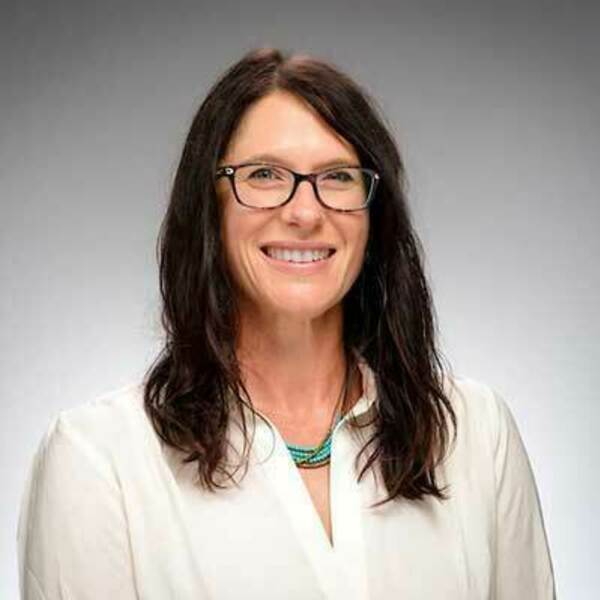
Hurricane Ian’s ravaging of Florida’s southwest coast left more than 125 people dead, thousands of homes destroyed and a monumental path to recovery for the storm’s survivors.
Reported losses to private insurers are expected to reach up to $67 billion — and experts say damages to the market could make getting insurance more difficult and more expensive for homeowners in the future.
Coastal homeowners are especially vulnerable to stronger, more destructive storms. But a significant challenge to the adoption of climate-resilient upgrades, for both new construction as well as existing homes, comes from homeowners themselves.
As part of a study published in National Hazards Review, an American Society of Civil Engineers journal, researchers found most homeowners fail to make upgrades to better protect their homes from increasingly severe storms caused by climate change.
The issue is a matter of perspective: Why act now, and spend the money now, to protect against future damage when any storm could shift direction — and any sustained damages will be covered by insurance?
Debra Javeline, associate professor of political science and co-lead author of the study, said insurance companies play a pivotal role in how homeowners perceive risk and could be doing far more to encourage action to minimize losses. Her research, in collaboration with Tracy Kijewski-Correa, professor of civil and environmental engineering and earth sciences and global affairs, aims to inform insurers, leaders and policymakers about what incentives could help mobilize homeowners to protect themselves.
In the following Q&A Javeline discusses insurance in an era of heightened climate risk.
How do insurance companies fit into the big picture of climate risk for coastal homeowners?
Building codes are relevant only for new construction. That leaves over 90 percent of the country’s housing stock unaffected, even if states hypothetically enacted the strictest codes recommended by engineers for maximizing life safety and minimizing property damage.
The question then is how to motivate owners of the vast majority of American coastal homes to reduce their risk, when the law is not compelling them to do so. That is where insurers could fill a void. They have carrots and sticks at their disposal, in the form of premium discounts to reward risk-reducing home upgrades and higher premiums to penalize inaction.
Our research suggests that insurance companies could play a bigger role than they currently play by drawing greater attention to these sticks and carrots, where they already exist, and by offering more of them, especially positive incentives to reduce coastal vulnerability.
What do insurers and policymakers need to do to improve practices?
Insurers need to be able to charge actuarially fair rates to stay in business, and that is the political conundrum. If rates cannot be raised, private insurers will increasingly withdraw from hurricane-prone areas, leaving the government as the only insurer in town.
Policymakers seeking reelection have no incentive to take the politically unpopular position that homeowner insurance should reflect the true risk of coastal living, so instead, they largely ignore the issue. At some point soon, however, the unsustainability of this risk-sharing will become apparent. Government insurance will go bankrupt.
One potentially viable solution, economically and politically, is for both private and government insurers to make retrofitting a strict condition of post-disaster bailouts. But a much better approach, we argue, is not to wait for disaster to hit. “Wait to fail” is not sound public policy; it drains coffers and endangers public health. Acting before the damage, or sunny day decision-making, is much more cost-effective and healthy for homeowners and communities.
Reports following Ian speculate that the mounting losses will make it harder for homeowners to get insurance coverage. What is the most important thing for coastal homeowners to know now?
The most important thing they should know is just that: They may not be covered by insurance in the future. Therefore, they should imagine now that they personally are assuming all the risks of owning a home in a vulnerable location, and they should act accordingly. That means assessing the protection provided by windows, doors, roof, roof-to-wall connections and other structural features, and where these are deficient, investing in upgrades.
Some homeowners may not be able to afford these upgrades, and for those individuals, the socially just answer may be government assistance. However, many coastal homeowners, especially those with second residences, currently prioritize other home upgrades to, say, kitchens and bathrooms, that provide aesthetic appeal or greater comfort and convenience but do not enhance protection against hurricane damage.
In those cases especially, the homeowners need to ask themselves whether the amenities are the best use of resources if and when their homes are uninsured and they themselves would have to bear the full cost of losses.
They should also ask themselves what evidence of harm or impending harm would lead them to rethink coastal residency altogether. That is the elephant in the room, the national conversation that needs to happen but is currently avoided by politicians and beach-loving citizens unwilling to face climate reality. Insurers may be just the entities to force that conversation as they increasingly tell us that there is no sustainable insurance market where seas are rising, storms are becoming more hazardous and too many properties will be damaged to turn a profit.
Read about additional research by Javeline’s study of incentives for climate-resistant homes
Learn about Javeline’s research on toxic pollution, climate risks and human healt

